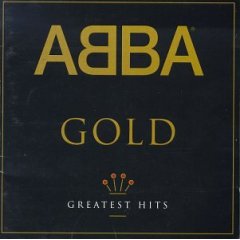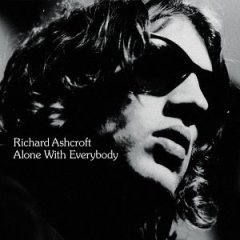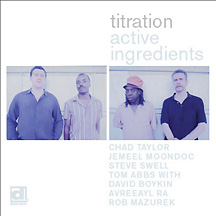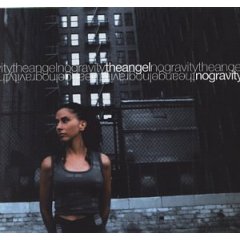The last and probably the least: here's the two remaining 'A' CDs I have in my collection, and I've been avoiding both like the plague. In an effort to get onto the more interesting 'B' CDs, I figured I'd just get both of these out of the way at once. I'll probably need to start it off with this caveat: I haven't re-listened to either in any significant way, apart from scanning "Gimme Gimme Gimme" after being so infatuated with Madonna's "Hung Up," and giving the Art of Noise remix comp the once over to see what little I could remember of the band.

I originally pilfered this Abba greatest hits collection from my parents, who had in turn seized onto it from my sister. My folks were modest Abba fans when we were growing up, and thus it was hard not to be at least familiar with these songs (although I'm still much more familiar with Nat King Cole, Tony Bennett and Teresa Tang). I'd have a somewhat nostaligic vibe for Abba, but I don't ever recall ever seeing my parents dance in the kitchen, sway their hips, or doing anything remotely close to what Abba's context usually is.
And that usual context is exactly why I, instead of my parents, have this compilation - I used to DJ weddings. DJing around clubs and lounges in town is generally an irritating affair (although an extremely easy and well-paid one at that), but DJing weddings is where the demands and the money really rolls in. Whereas I used to make about $175 plus amenities max a night in a lounge, I'd make double that for half the time DJing a wedding. For that, concessions were made for our typical "No Requests" policy, and thus: Abba.
There's something about Abba that's just so amazingly catchy and infectious that it's somewhat of a universal phenomenon (
Muriel's Wedding is ample proof). When they named this compilation
Gold, they weren't kidding: this stuff is shiny and bright, and, used in the wrong context, can end up being just as cheesy. Abba can range anywhere from a gold earring to a gold chain around some balding fat guy in a sweat suit. Taken just as music, Abba's the purest, catchy pop as it comes; taken as phenomenon, Abba's as potent as disease.

I had the same recollection of Art of Noise. The only real memory I have of Art of Noise are their covers of "Peter Gunn" and Prince's "Kiss" with Tom Jones, both of which I've readily dismissed as the cheesiest of cheese.
That said, it's a bit obvious that I don't own
The Drum and Bass Collection because I'm a big Art of Noise fan. Rather, I have this CD because (i) it was free and (ii) I was fascinated with drum and bass at the time (1996). Drum and bass seemed like the last completely unique genre of electronic music to me, with little in the way of forerunners save for some polyrhythmic jazz drumming. Thus, this collection, a remix of the Art of Noise by some of the more famed drum and bass producers of the time (largely of Goldie's Metalheadz crew and some LTJ Bukem affiliations (PFM, Lightfoot), though neither Goldie nor LTJ appear), was intriguing, and it certainly didn't hurt that there's little to no traces of Art of Noise in the least on any of their remixes.
Scanning through it ten years after the fact, though, is a funny chore. As much as Art of Noise will forever be relegated to the 80's, the drum and bass of this compilation smacks of the 90's, and as nostalgically cheesy as the Art of Noise may be, the remixes on this comp are equally as guilty.
 Since Massive Attack's Mezzanine came out, I've written extensively about how trip hop, as a genre, had run its course. Save for aforementioned Massive Attack, a glut of trip hop had been released following the success of the various Bristol acts, and we were thus introduced to a whole new wave of coffee table music suitable for retail stores, bistros and nicer dental clinics.
Since Massive Attack's Mezzanine came out, I've written extensively about how trip hop, as a genre, had run its course. Save for aforementioned Massive Attack, a glut of trip hop had been released following the success of the various Bristol acts, and we were thus introduced to a whole new wave of coffee table music suitable for retail stores, bistros and nicer dental clinics. 









